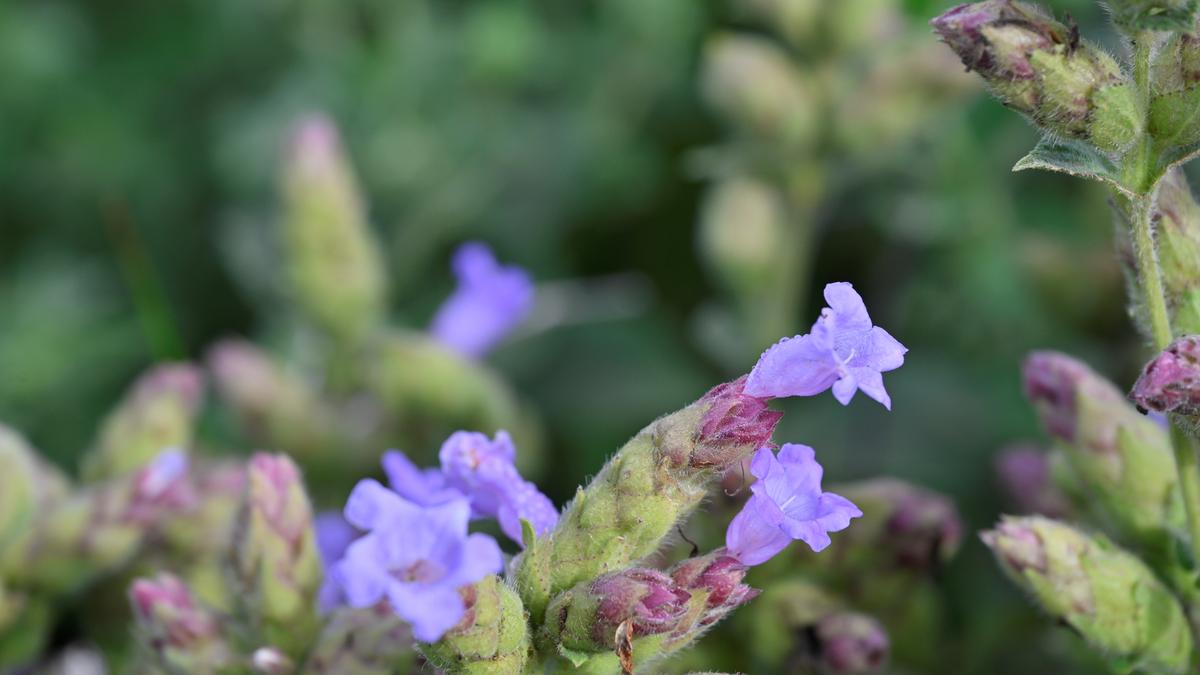Home / Environment / Gudalur's Floral Resurgence: Kurinji Paints Hills Violet After 8 Years
Gudalur's Floral Resurgence: Kurinji Paints Hills Violet After 8 Years
18 Oct
Summary
- Kurinji blooms in Gudalur's newly notified reserve forest
- Kurinji flowering indicates healthy grasslands and biodiversity
- Tamil Nadu has notified over 90 new forests in the last 4.5 years

In October 2025, the hills of Gudalur in Tamil Nadu's Nilgiris district are once again blanketed in the vibrant purple hues of the kurinji flowers. This rare mass bloom, which occurs every 8 years, has returned to the region's newly notified reserve forest, signaling a resurgence of the area's rich biodiversity.
According to Supriya Sahu, the Additional Chief Secretary of Tamil Nadu's Departments of Environment, Climate Change and Forests, the kurinji flowering is a testament to the state's efforts to expand its green cover. Over the past 4.5 years, the government has notified over 90 new forests, a significant achievement.
The kurinji, a grassland species endemic to the Western Ghats, is not just a beautiful sight - it also serves as an indicator of the health of the local ecosystem. Where there are thriving grasslands, the kurinji blooms in abundance, while disturbances lead to a more patchy flowering. Experts say that the mass bloom in Gudalur's protected forests is a sign that the area's biodiversity is bouncing back, with sightings of elephants, tigers, and a diverse array of birds and butterflies.
The kurinji's significance extends beyond its ecological value. For the indigenous Toda communities of the Nilgiris, the flower's blooming holds deep cultural meaning, marking the time to re-thatch their sacred temples with a rare grass. The return of this natural spectacle is a source of pride for the local communities, who have long revered the kurinji's cyclical appearance.




